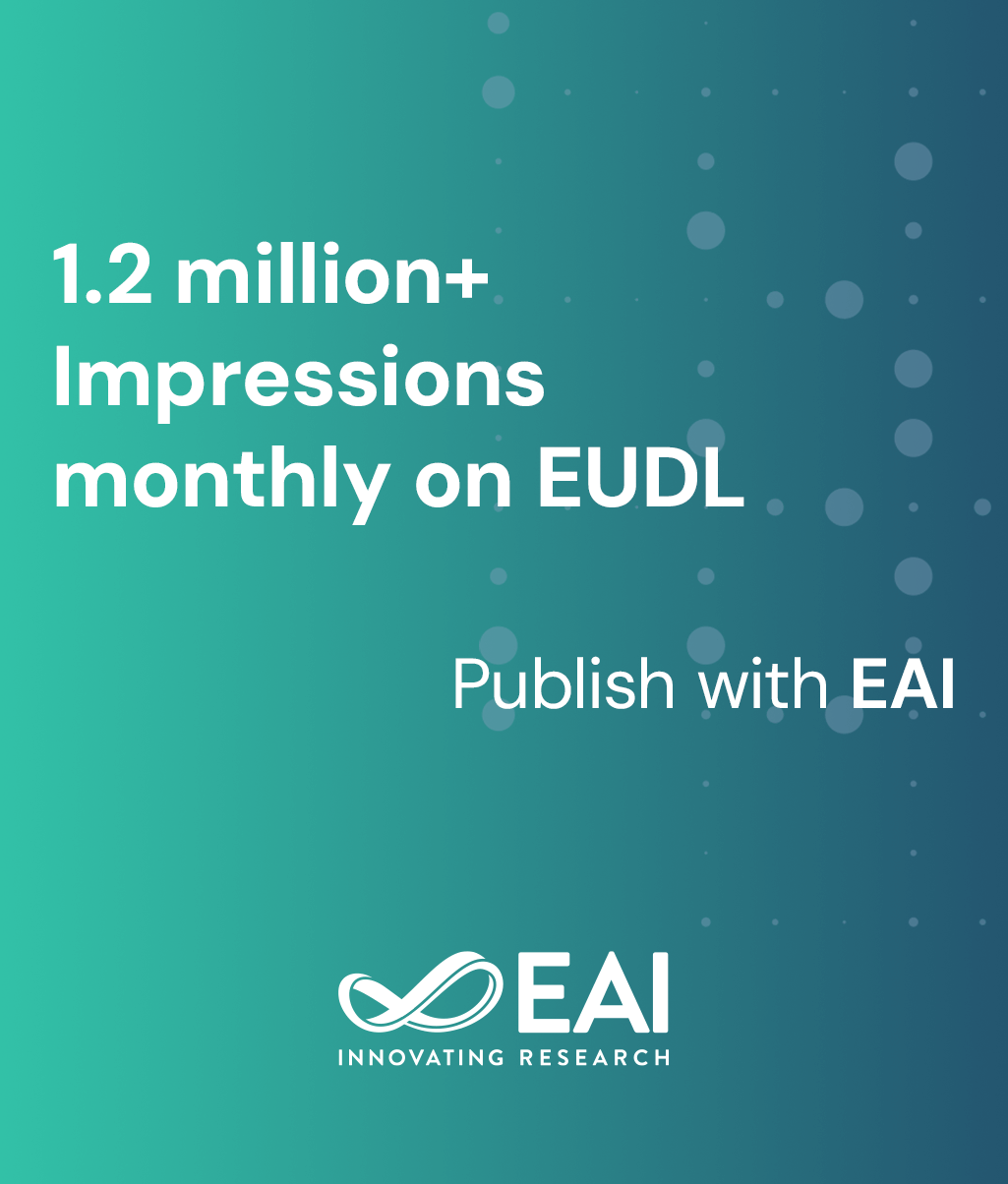
Research Article
PSO-HC: Particle Swarm Optimization Protocol for Hierarchical Clustering in Wireless Sensor Networks
@INPROCEEDINGS{10.4108/icst.collaboratecom.2014.257336, author={Riham Elhabyan}, title={PSO-HC: Particle Swarm Optimization Protocol for Hierarchical Clustering in Wireless Sensor Networks}, proceedings={10th IEEE International Conference on Collaborative Computing: Networking, Applications and Worksharing}, publisher={IEEE}, proceedings_a={COLLABORATECOM}, year={2014}, month={11}, keywords={pso cluster head wsn rssi energy model hierarchical clustering}, doi={10.4108/icst.collaboratecom.2014.257336} }- Riham Elhabyan
Year: 2014
PSO-HC: Particle Swarm Optimization Protocol for Hierarchical Clustering in Wireless Sensor Networks
COLLABORATECOM
IEEE
DOI: 10.4108/icst.collaboratecom.2014.257336
Abstract
Clustering is an efficient topology control approach for maximizing the lifetime and scalability of Wireless Sensor Networks (WSNs). Many cluster-based routing techniques have been proposed in the literature. However, in most of the proposed protocols, the communication between a sensor node and its designated cluster head (CH) is assumed to be single-hop. Multihop communication can be used when the communication range of the sensor nodes is limited or the number of sensor nodes is very large in a network. Moreover, they used a predetermined percentage of CHs regardless of the network density or the number of live nodes. Clustering is known to be non-deterministic polynomial (NP)- hard problems for a WSN. Particle Swarm Optimization (PSO) is a swarm intelligent approach that can be applied for finding fast and efficient solutions of such problems. In this paper, we propose a novel centralized PSO protocol for Hierarchical Clustering (PSO-HC) in WSNs. Our objective is to maximize the network lifetime by minimizing the number of active CHs and to maximize the network scalability by using two-hop communication between the sensor nodes and their respective CHs. The effect of using a realistic network and energy consumption model in cluster-based communication for WSN was investigated. Extensive simulations show that PSO-HC outperforms the well-known cluster-based sensor network protocols in terms of average consumed energy and throughput.


